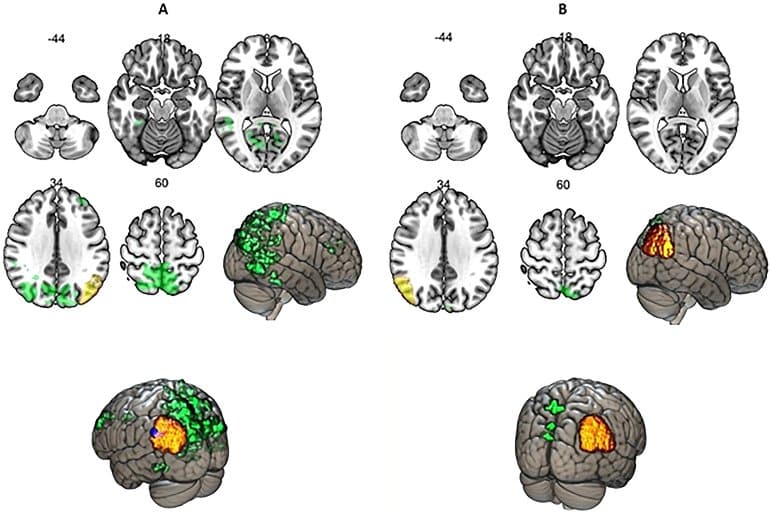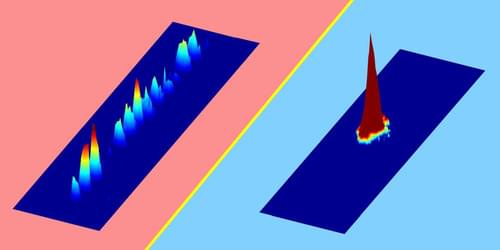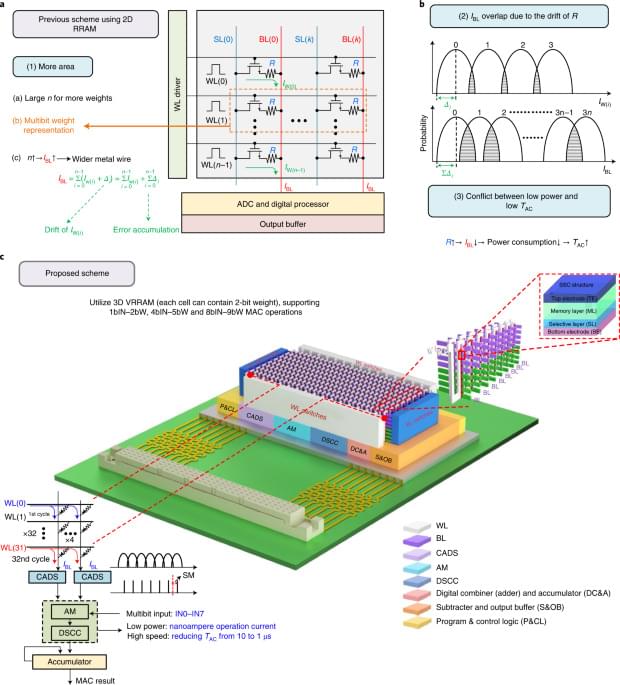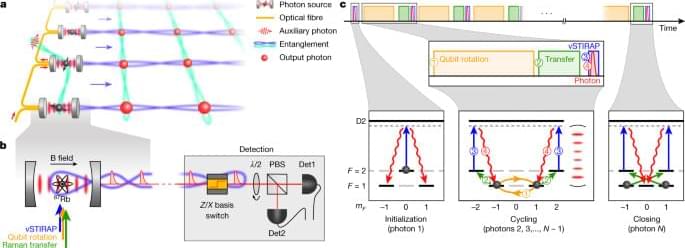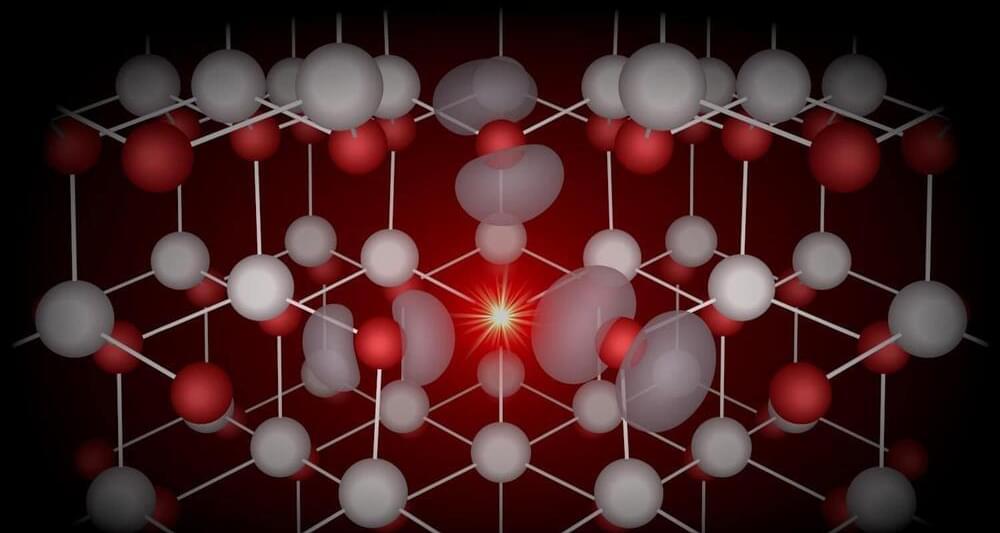The trial was only on 8 people, but it appears to have worked well across the board.
Published in GeroScience, a groundbreaking study from the renowned Conboy lab has confirmed that plasma dilution leads to systemic rejuvenation against multiple proteomic aspects of aging in human beings.
This paper takes the view that much of aging is driven by systemic molecular excess. Signaling molecules, antibodies, and toxins, which gradually accumulate out of control, cause cells to exhibit the gene expression that characterizes older cells.
While the bloodstreams of old and young mice have been joined in previous experiments with substantial effects [1], this heterochronic parabiosis approach is neither feasible nor necessary for human beings. Instead, this paper focuses on therapeutic plasma exchange (TPE), a procedure that simply replaces blood plasma with saline solution and albumin. This procedure has already been used to dilute pathogenic, toxic compounds [2], the systemic problems associated with autoimmune and neurological disorders, including Alzheimer’s [3], and even the lingering aftereffects of viral infection [4].
